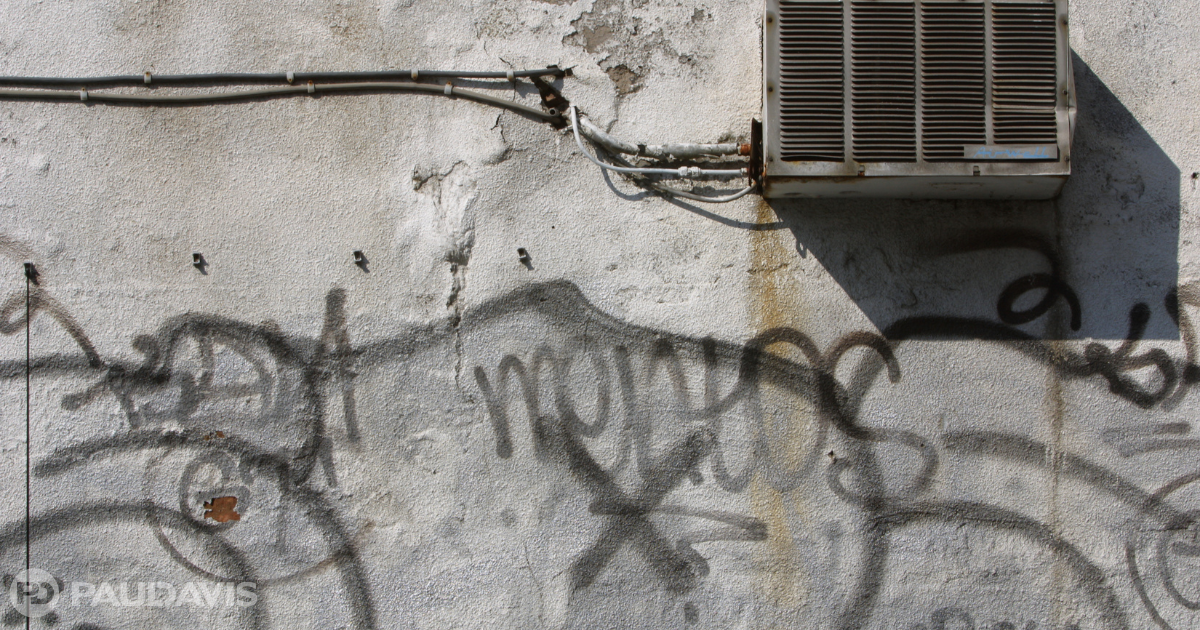
Vandals shocked art lovers last fall by throwing soup on Van Gogh’s iconic sunflower painting and smearing mashed potatoes on a Monet masterpiece. Fortunately, glass coverings protected the priceless canvasses from damage.
“Wouldn’t that be a nice feature if you own or manage commercial properties!” says John Stoker, General Manager, Paul Davis Restoration Central Nova Scotia. “Vandalism rates have steadily dropped over the last 10 years, which is a good trend. But we still respond to plenty of incidents among commercial and retail customers.”
Why does vandalism occur? Experts point to a range of reasons: to punish your business, express negative emotions, communicate, show off, alleviate boredom, or form bonds with a group, to name just a few. Social problems nearby – labor unrest, protests, gang activity – also increase risks.
Paul Davis Restoration mitigates and restores all types of property crime impacts and fields teams within hours of a call for help:
- Fire damage
- Looting
- Breaking and entering
- Physical damage such as breaking windows, bending/defacing/removing signage
- Stealing – removing items from property, including signage, outdoor furniture, stored inventory
- Graffiti removal
“We’re particularly proud of how we handle graffiti. Extremely effective removal technologies produce a beautiful, clean result that often returns materials to pre-damage conditions,” Stoker says. “Rapid restoration is particularly important to deter ongoing graffiti damage. Leaving even one instance for any length of time advertises your property as a desirable ‘canvas.’”
Stoker recommends preventative steps to deter vandalism:
- Form relationships and partnerships with community groups, nearby businesses, local police and neighbourhood watch organizations
- Consider hiring a security firm to patrol the property
- Install outdoor lights
- Install alarm systems
And finally: “Promptly report all incidents of vandalism to the authorities, no matter how small or seemingly insignificant,” Stoker concludes. “You may provide critical evidence that captures perpetrators and prevents future mischief.”
